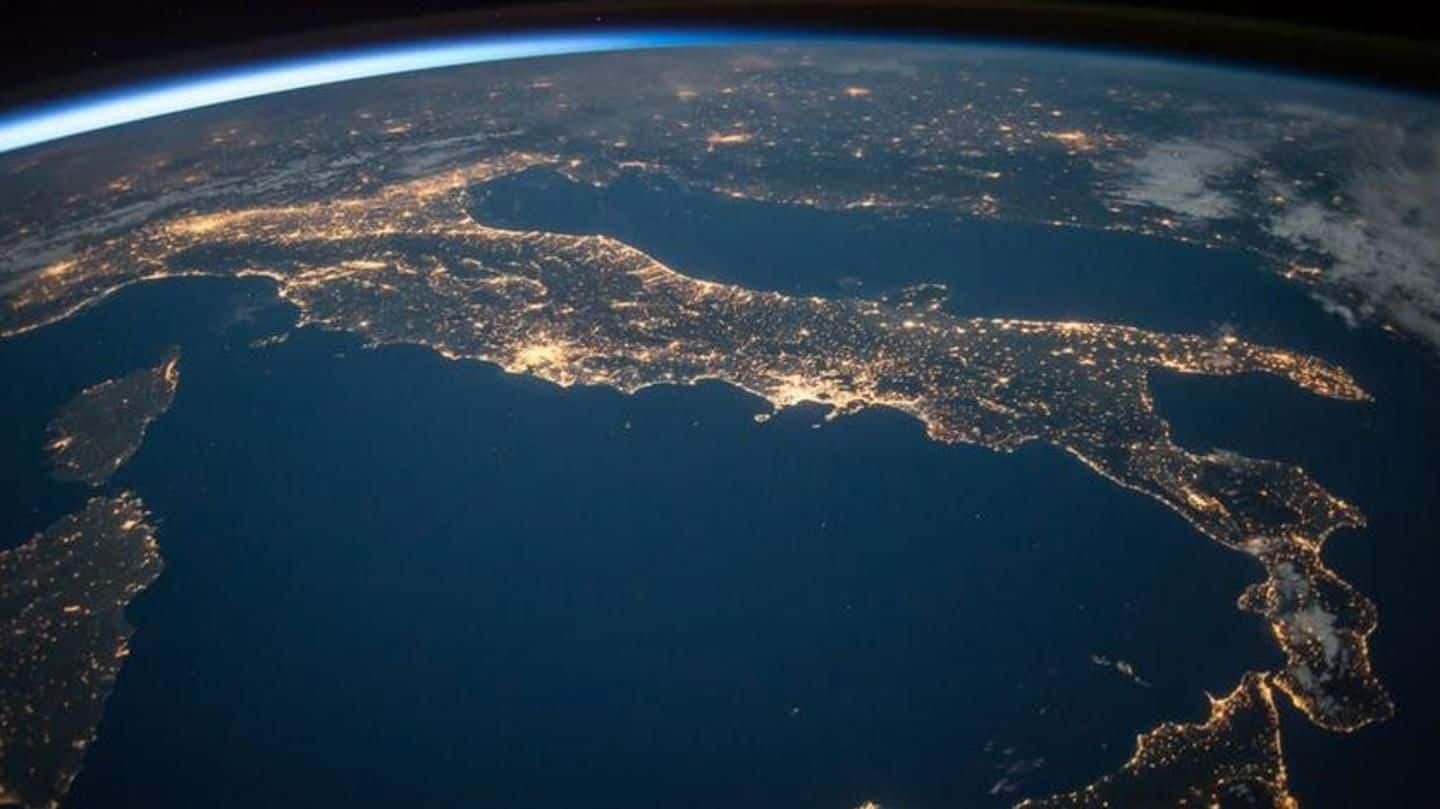
UN: Humans looking at lonely future with fewer plants, animals
What's the story
According to new UN scientific reports - covering the Americas, Europe and Central Asia, Africa, and the Asia-Pacific regions - on biodiversity in the planet, humans are looking at lonely future with an ever-increasing number of species coming under the threat of extinction. The panel, which met in Colombia, also discussed how to keep Earth habitable for humans. Here are the details.
The Panel
A lot of species are under threat
The UN Intergovernmental Science-Policy Platform on Biodiversity and Ecosystem, held in Colombia, saw four reports being published region-wise. Scientists, citing the death of the last male northern white rhino this week, and spewing data on severe declines in the numbers of elephants, tigers, and pangolins, said that these are but a handful of the thousands of species which face threats.
Causes
Unsurprisingly, human activity is at the heart of the situation
The causes for the massive decline in biodiversity facing humanity are, unsurprisingly, anthropogenic in nature. With the world getting wealthier and more populated, human needs for food, land, energy, and clean water have increased tremendously thus resulting in deforestation, disappearance of pollution-absorbing mangroves and wetlands, encroachment into animal habitats, rising pollution levels, etc. Adding to the problem are the man-made issues of global warming.
Quote
Humanity is faced with a moral issue
"Some species are threatened with extinctions. Others, just pure numbers will go down. It will be a lonelier place relative to our natural world. It's a moral issue. Do we humans have a right to make them go extinct," said study team chairman Robert Watson.
Asia-Pacific
Asia-Pacific will lose 45% of its biodiversity by 2048
The Asia-Pacific region is looking at a very bleak future. If current trends continue, the region will have no "exploitable fish stocks" by 2048. In the same period, the region is set to lose 45% of its biodiversity and 90% of its corals if nothing changes in terms of checking human activity. "All major ecosystems are threatened," said Asia co-chair Sonali Seneratna Sellamuttu.
Africa
Projections bode ill for human and flora-fauna alike in Africa
Going by current trends, Africa is set to lose more than half of its bird and mammal species by 2100. Already, over 20% of Africa's species are threatened, endangered, or extinct. With over 60% of Africa's population dependent on natural resources, the projections bode ill for humans in the continent too. The only way out, scientists said, is through a change in society.
The Americas
What the study had to say about the Americas
If the current trend continues in the Americas, the region will, by 2050, have 15% fewer plants and animals than it has now. If the base date is extended back to the early-1700s, by 2050, over 40% of the Americas' flora and fauna will have gone extinct. Additionally, if all of "nature's contributions" are considered, nearly two-thirds are declining, and one-fifth is "decreasing strongly".
Europe, Central Asia
Despite being better off, Europe-Central Asia faces a bleak future
Despite being the region which is performing the best, Europe's future isn't particularly bright either. As of now, only 28% of species living in Europe are under threat. However, over the last decade, 42% of land plant and animal species saw a decline in their numbers. Meanwhile, wetlands in the region have seen decline of over 50% since the 1970s.